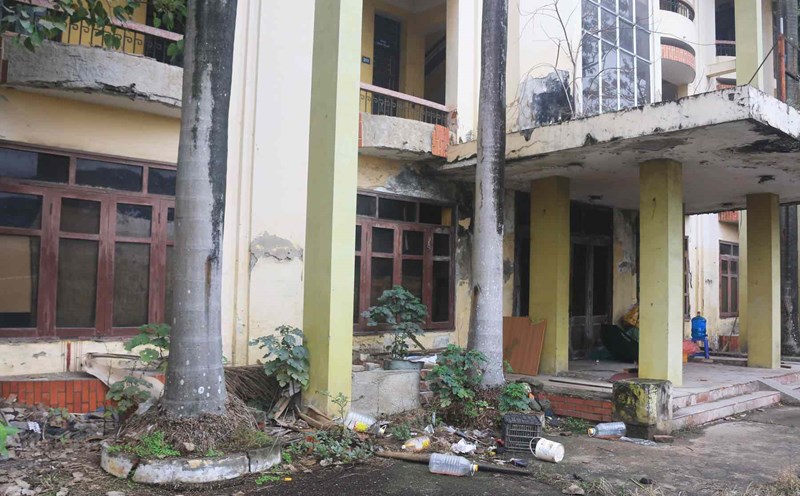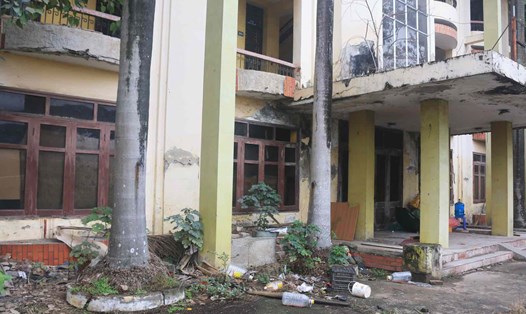Reviewing public assets after mergers, streamlining the apparatus
It is expected that the number of provinces and centrally-run cities after the merger will decrease to 34 provinces and cities; nearly 700 district-level administrative units will no longer exist; 10,035 commune-level units will also decrease to about 30-40%. Thus, there will be thousands of surplus offices that need to have an effective treatment plan, not to let them go to waste or suffer losses.
In Hanoi, the City People's Committee requires departments, branches, sectors and affiliated units to use the original headquarters and offices before restructuring, streamlining the apparatus and handling assets according to the instructions of the Ministry of Finance. Units need to review and develop a plan to rearrange headquarters and offices in a stable and long-term manner.
The Hanoi People's Committee assigned the Department of Construction to preside over and coordinate with the Department of Finance and relevant agencies to advise on a comprehensive plan to rearrange the headquarters and offices of the units after streamlining the apparatus, ensuring effective and synchronous operations. This plan is expected to be completed in May 2025.
In Hung Yen province, the working headquarters and career facilities of district-level agencies (after removing district-level agencies) will be given priority to grassroots administrative units or other agencies, organizations and units of the State, including central agencies, organizations and units. A headquarters can be used for many agencies and organizations.
For surplus headquarters and facilities, the handling of public assets will prioritize the conversion of functions into medical and educational facilities, or other public purposes such as libraries, parks, cultural and sports institutions.
In Ba Ria - Vung Tau, after reviewing, the total number of headquarters of district and commune-level administrative units before the reorganization is 1,068 headquarters (86 administrative headquarters, 982 cultural houses, halls, sports fields and other facilities) and 50,235 public assets.
It is expected that the locality will continue to use 30 administrative headquarters, the rest will be counted and a plan will be developed to rearrange, transfer to other agencies and units or organize property auctions according to regulations, ensuring no loss or waste.
Prioritize surplus headquarters as medical facilities, education, public spaces
At the meeting of the Steering Committee of the Government summarizing the implementation of Resolution No. 18-NQ/TW recently, Member of the Politburo and Prime Minister Pham Minh Chinh assigned the Standing Prime Minister to direct the Ministry of Home Affairs to proactively guide, ministries, branches, agencies and localities prepared to operate the new apparatus on the new apparatus after arrangement and merger.
The head of the Government assigned the Ministry of Finance to guide the facilities and headquarters of agencies after the arrangement, ensuring suitability and efficiency, avoiding waste, prioritizing use for health, education and public purposes.
In an interview with Lao Dong, National Assembly Deputy Ta Van Ha - Deputy Chairman of the National Assembly's Committee on Culture and Society - said that to avoid wasting surplus public assets, it is necessary to immediately inventory, evaluate and re-plan the headquarters system. The top priority is to move spacious headquarters to new or locally lacking administrative units.
For places that no longer have much need to use public headquarters, it is necessary to boldly change the function to serve research, innovation or community benefits. He proposed three priority areas: creating green public spaces such as parks and playgrounds; building cultural, educational and entertainment centers for adolescents and the elderly, especially schools and scientific research institutions that meet international standards.
In particular, the delegate noted the problem of lack of childcare in the context of population aging, one of the reasons why many people are afraid to have children, in addition to economic factors.











